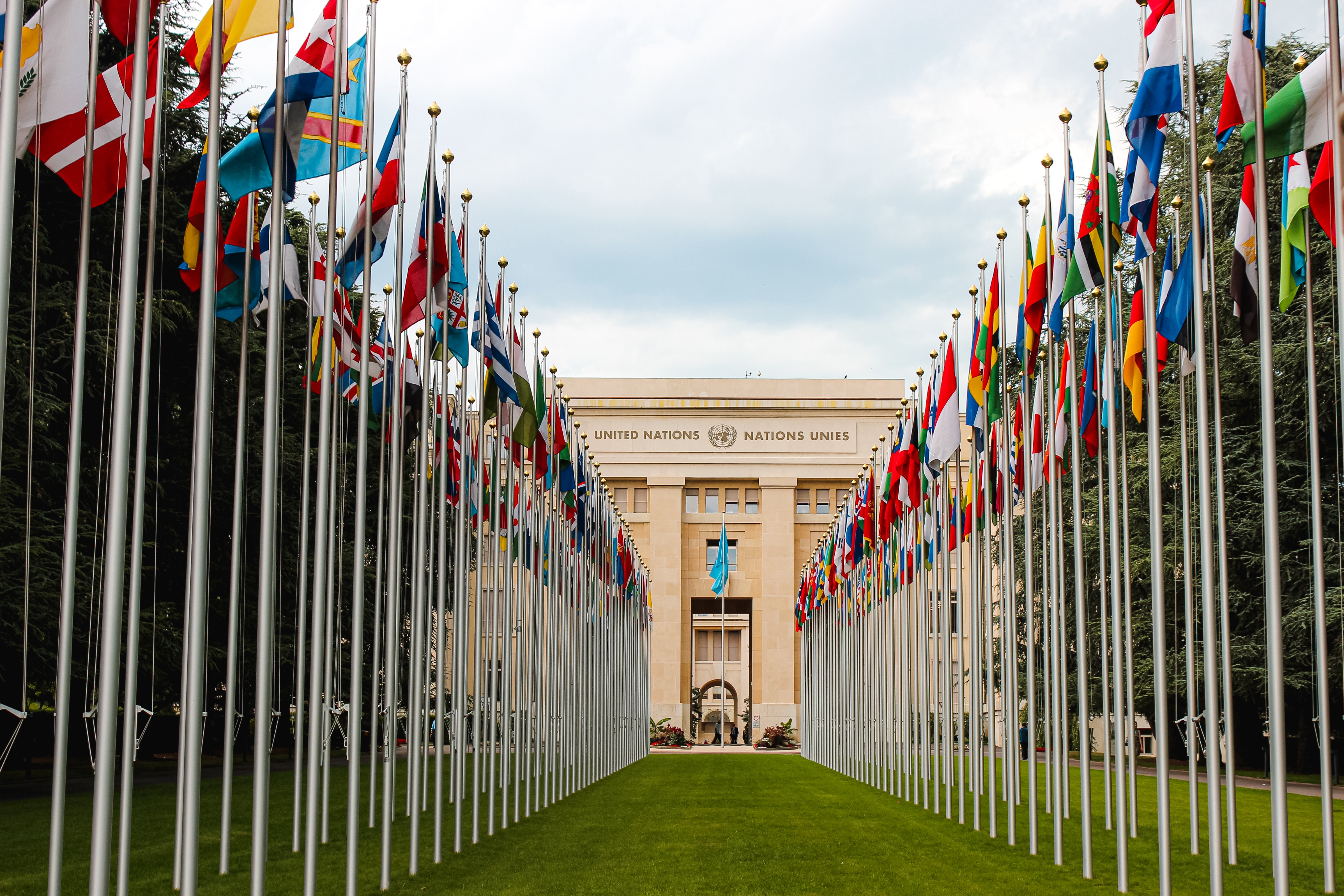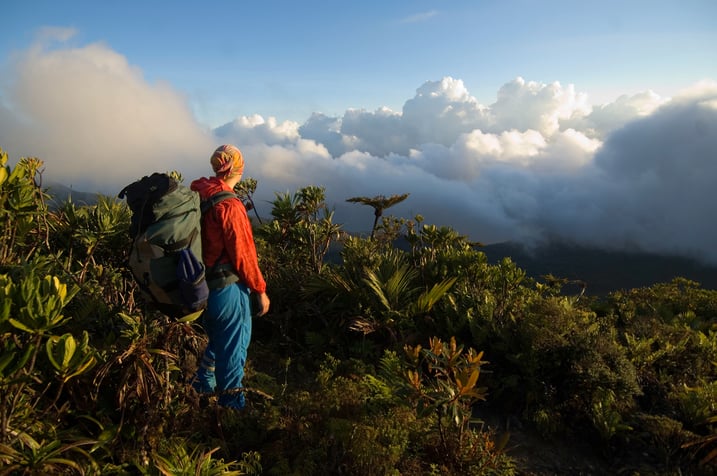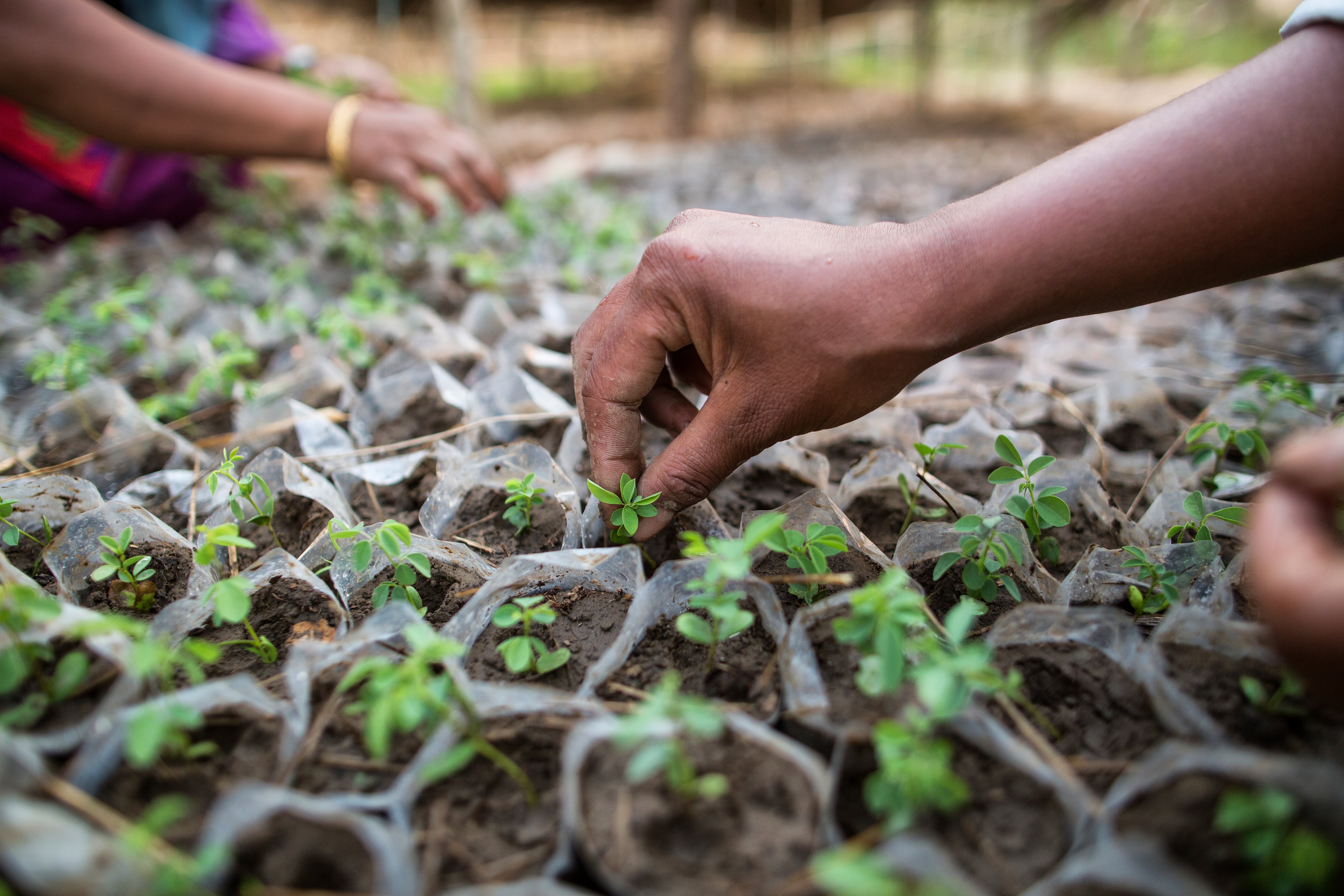 © Mat Reding on Unsplash
© Mat Reding on Unsplash
You might have heard terms like the ‘Super Year for Nature’, the ‘decade of action’ or even the CBD COP and being bandied around, but why now, and what difference will it make?
An urgent need - leaders must step up
We’ve seen global wildlife populations sizes drop 68% since 1970, nature is in freefall and if we continue on the same trajectory, this catastrophic loss will affect us all.
We cannot afford to continue damaging our natural ecosystems. Our destruction of nature is putting one million species at risk of extinction, driving the emergence of pandemics, exacerbating climate change and undermining development.
That’s why this year world leaders are due to meet at a United Nations biodiversity conference in Kunming, China, to agree on a global plan to protect and restore nature.
This all sounds very grand, but how does it relate to me?
We rely on nature for everything from the air that we breath to the freshwater we drink. Our economies rely on nature, our well-being and even our health relies on nature. Even though millions of people are changing their personal behaviours to conserve nature, and millions more are aware of our impact on nature, things aren’t changing quickly enough.
We need a global agreement that commits countries to take action against a set of targets designed to reverse nature loss and protect the incredible diversity of life on our planet.
If you need a reminder of why biodiversity is so important and why we desperately need to reverse its loss, it’s explained in a super simple and interactive way on our Living Planet website.
 Hiker looking at the moist evergreen forest on Mt. Panié, New Caledonia, France. © Roger Leguen / WWF
Hiker looking at the moist evergreen forest on Mt. Panié, New Caledonia, France. © Roger Leguen / WWF
So this conference is important then?
Well, we think so! This is a once-in-a-decade opportunity for nature, and leaders from 193 countries are set to attend the conference to secure an agreement for nature like the one we have for climate to limit global warming.
It’s organised by the Convention on Biological Diversity (CBD) an international treaty for the conservation of biodiversity and fair use of natural resources.
What’s the big idea?
The focus is to agree and adopt a global ten year plan to protect and restore nature, with targets for countries to achieve by 2030.
Ultimately, this plan will provide the countries that sign it with a roadmap of what they need to do over the next decade+ to move us towards the ultimate goal of achieving a world where we live in harmony with nature by 2050.
But haven’t we had lots of high level meetings and agreements like this about biodiversity loss? What makes this one different?
We hear you! And yes, we have had several big conferences and agreements about better protecting the environment and halting biodiversity loss. And yes, frustratingly, there have been varying levels of success. But we believe this year we can change course. Our broken relationship with nature - and the risks it brings - has never been clearer and we need countries to come together to agree an ambitious plan to protect nature and at the same time safeguard our future.
But, the draft of the post-2020 Framework looks more promising. A key difference is its increased focus on clear outcomes with firm timelines attached to those outcomes. And, there are clear actions outlined too (the targets) that address the drivers of biodiversity loss (the things causing it) and provide countries with pathways to achieving the outcomes.
So, what does a good global biodiversity plan look like?
Well WWF believes that the current draft UN plan does not go far enough. That’s why we think this event is so important - we need to make sure the targets agreed are robust and science based and the final plan is as comprehensive as possible.
Top 5 areas for greater ambition:
- 💪Ambition: to secure a sustainable future for us and the planet countries must take action to reverse biodiversity loss and secure a nature-positive world by 2030
- 🚜Causes: we must address the root causes, or drivers, of biodiversity loss. This often comes down to human activity and this must be examined. We need new ways to produce the food we eat and ways to cut by half the impact, or footprint, of humankind on the earth.
- 💰Finance: to succeed countries need to allocate resources, enough money, towards this goal. At the end of the day, nature underpins every element of our society. The cost of inaction far outweighs the cost of action.
- 📋Check-backs: to make sure the world is on track countries must be held accountable and this should be included in any plans for restoring nature. This is where targets come in - but targets that can be measured.
- 🙋♀️All of society: we all have a part to play, and sometimes groups of people are left out of decision making. Indigenous peoples and local communities must be a part of the process in agreeing biodiversity plans for the next ten years.
That’s where you come in again. We can influence these decisions by signing petitions and showing that nature is our top priority. Every person who signed their Voice for the Planet is putting another voice towards this important issue.
Sign here.


